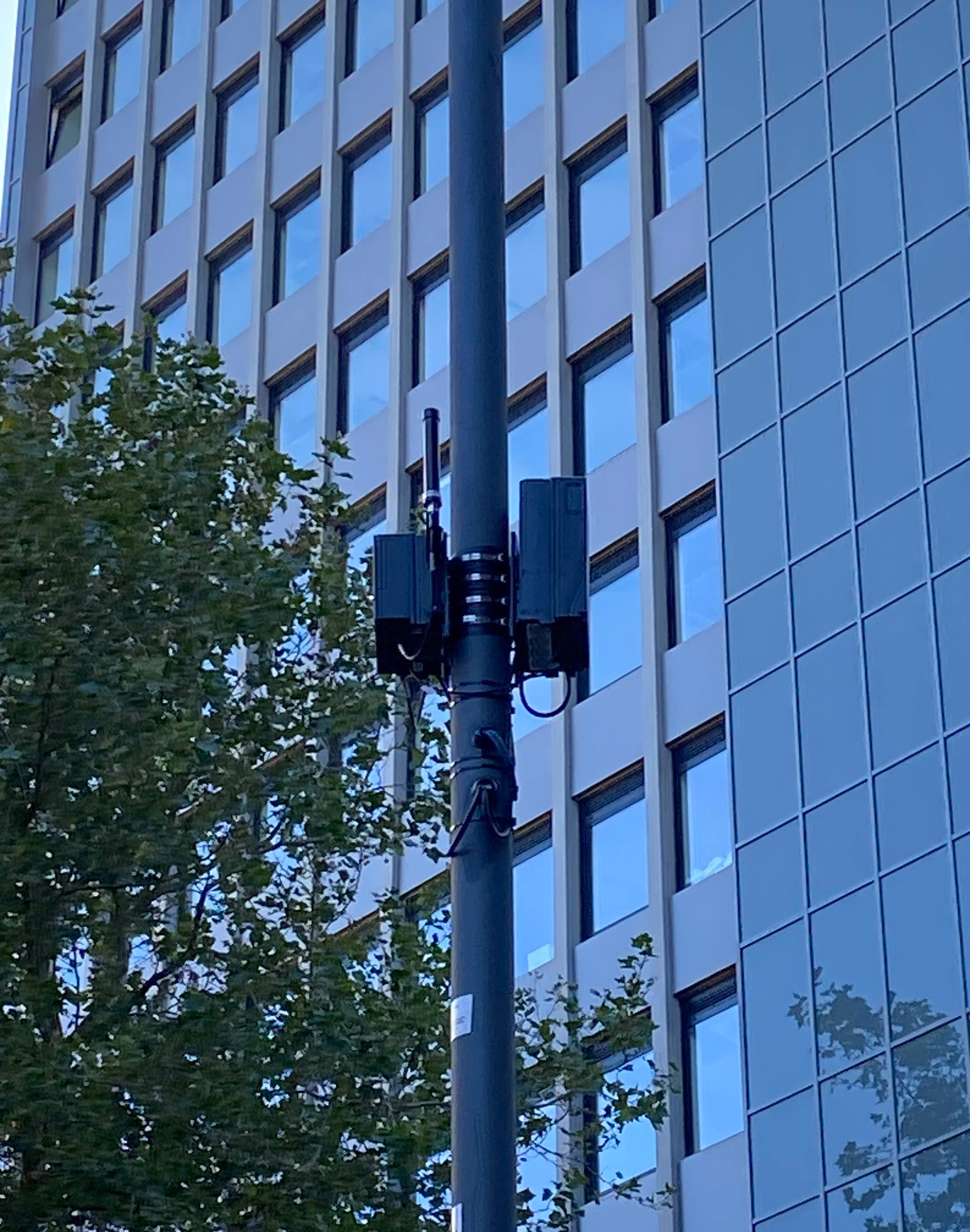Mediacentre

- 23 May 2022
- ·
- UK
Are Small Cells becoming mainstream?
1000 London deployments and counting
By Neil Chisholm, Commercial Development Manager at Cellnex UK

One of the joys of working in the telecoms sector is the constant cycle of innovation and change.
Sometimes it’s exciting to ride the wave of market-shaping events like the move from GPRS to revolutionary (at the time) 3G or witness the truly extraordinary impact of the very first iPhone. Other times, it’s great to get in at the start of something that has less public awareness but that has the potential to be really quite transformational. Small Cells is one such technology.
I was lucky enough to be part of the team at Cellnex UK that deployed the first outdoor Small Cells in London in 2016. Commercial roll-outs followed and now, 6 years on, I’m delighted to announce our 1000th Small Cell deployment. Cellnex has now rolled out more Small Cells than anyone else and we’re working with mobile operators to scale-up activity.
Small Cells have been something of a slow burn. The technology was typically seen as a very tactical way to address areas of network congestion and to in-fill coverage gaps left by macro sites. Which it does very well, of course. But with all four UK mobile network operators (MNOs) now deploying Small Cells, perhaps they are becoming something more?
Certainly, Small Cells have some key advantages when it comes to increasing capacity on mobile networks in areas of strategic importance. A Small Cell cluster can be deployed quickly – within 12 weeks – as opposed to the months or years it can take to install a macro site. And they deliver impressive returns on investment. Our experience shows that Small Cells are c.45% more effective than new macro site deployment for every pound spent.
They offer much-needed street level coverage and capacity to address the connectivity expectations of subscribers in high footfall (and congested) urban areas. Not only do Small Cells support macro sites running at capacity by offloading traffic, MNOs are finding that these same Small Cells are picking up additional traffic from the area – addressing latent and previously unserved demand.
It is also interesting to see that operators are deploying for different reasons. While we see MNOs rolling out Small Cells at street level to address issues of spectrum constraint and to address areas of congestion, there may also be a more strategic play going on here.
Some operators, for example, are working with partners such as Cellnex UK, creating test-bed deployments to develop the potential of these assets for C-RAN architectures. Others are rolling out assets as part of a wider programme to prepare their networks for the future.
Plus, with the telecoms sector continually looking at new ways to deliver the kind of fast, high capacity, ultra-low latency connections today’s applications need, the clustered, small footprint nature of Small Cells could play a big role in adoption of mmWave 5G.
While it is difficult to accurately predict exactly how the Small Cell market in London and other dense urban locations will develop, I believe that adoption will increase. Certainly, here at Cellnex UK, we have developed an industrialised and automated approach to roll out. This, together with our ever-increasing portfolio of assets, gives partners access to lamp posts and kiosks at street level and means we can rapidly scale up to address demand.
As we move through the next 18 months it will be fascinating to see how the market develops. Small Cells may always be complimentary to the macro layer. However, having passed 1000 deployments in London, I suspect we will begin to see the technology becoming applied more strategically, with objectives that go beyond simply easing congestion in busy locations.
I’d love to get your view on the issue. Feel free to get in touch with me: Neil.Chisholm@cellnextelecom.co.uk



























